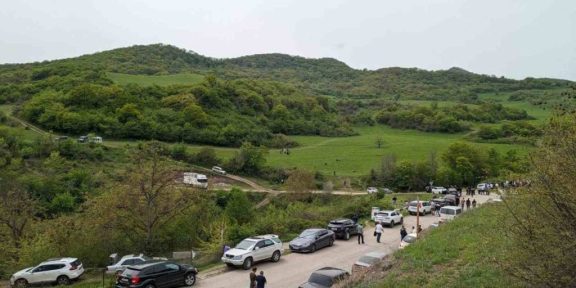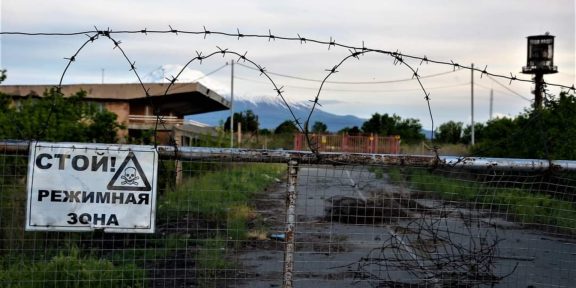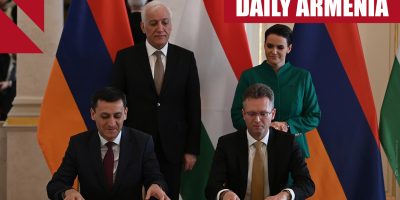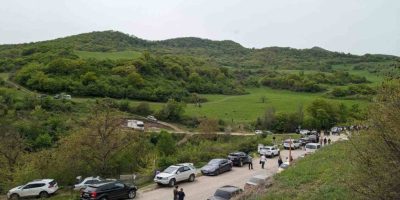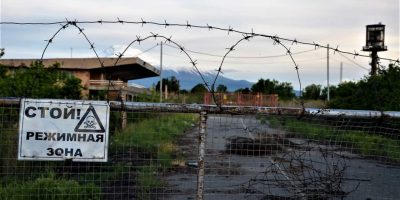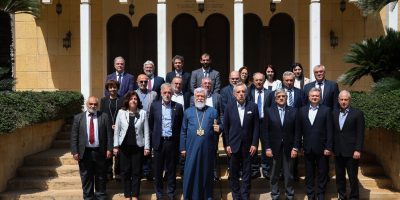 Route Your Roots interactive map allows users to map the deportation and then dispersal paths of their relatives during and immediately following the Armenian Genocide.
Route Your Roots interactive map allows users to map the deportation and then dispersal paths of their relatives during and immediately following the Armenian Genocide.
A new interactive website was recently launched called Route Your Roots. Its creator Arthur Dolmajian, a transport engineer from Canada, who repatriated to Armenia in 2014 says that the idea came to him after last year’s Armenian Genocide commemoration.
“The worldwide Armenian community was getting ready for the Centennial and April 24, 2015 was going to be a big year, a big month and a big day for all Armenians,” Dolmajian told Civilnet. “I wanted to do contribute to the cause and I thought there should be a project that would be different than what had been done before.”
The survivors of the Genocide, the majority of whom were forced on deportation routes, ended up in the Middle East and then, dispersing throughout the world, created communities, built churches and established schools on every continent.
The interactive site Route Your Roots is therefore dedicated to the memory of the 1.5 million Armenian victims who lost their lives in 1915 and to celebrate those who survived according to its creator. It aims to collect all of these journeys by mapping the deportation and then dispersal paths of Armenians following their expulsion from their ancient homeland.
“The objective of this project is to have a map covered with so many lines that it would be difficult to read. And that plethora of lines would represent two things. On one side, it would represent survival and power by visually seeing where Armenians all across the world are. On the other hand, it would show the massive dispersion of the Armenian people and maybe raise questions of why are we so dispersed or until when will we continue to be so dispersed when Armenia exists as a nation, as a geographic presence,” Dolmajian said.
 Anyone can map their family’s journey from their point of origin to their final destination.
Anyone can map their family’s journey from their point of origin to their final destination.
So, how did a transport engineer devise the plan for this initiative? “My profession played a big role in coming up with the idea. Being a transport planner/engineer, I have a strong affinity to maps and all things data. It was only natural that the project would involve both maps and data. Also, I think this project has a big potential of becoming a Big Data project which is a novel and increasingly popular idea,” explained Dolmajian.
What will happen with all the information collected on the site? “I wanted to design it in a way that could be useful for social or academic studies later. However, I quickly realized that creating such a database would hinder the simplicity of the website,” he said adding that he hopes to add more functionality to the site and cater to a bigger sample of the Armenian population. “Currently, the first list of cities/towns/provinces on the site holds only locations where massacres happened during the Armenian Genocide. In other words, I used the most detailed Armenian Genocide map I could find at the time,” he said adding that he is now getting requests to add other areas of great Armenian population or history such as Akhalkalak and other regions in Georgia, Nakhijevan, Artsakh.
Dolmajian has ideas to further enhance the usability, functionality and value of the mapping of dispersion: “Lines from each origin group (Anatolia/Armenian Highlands, Present Day Armenia, etc.) could appear in different colors and maybe repatriation lines (lines entering Armenia) would be a different color as well.”





